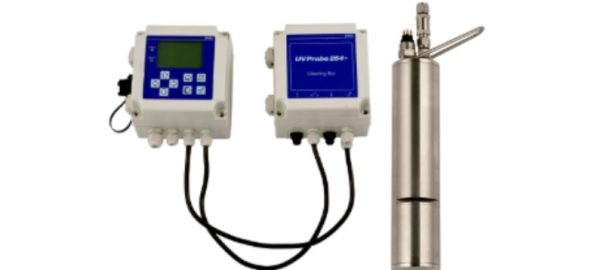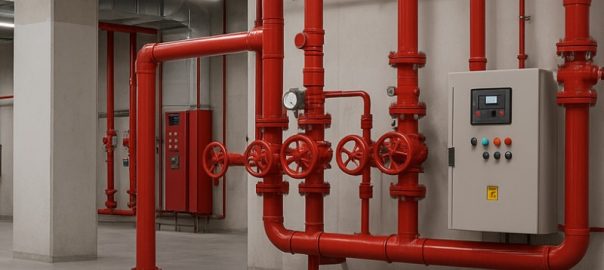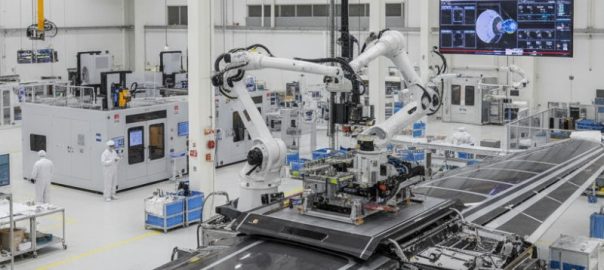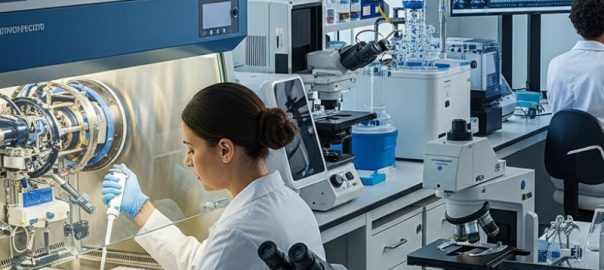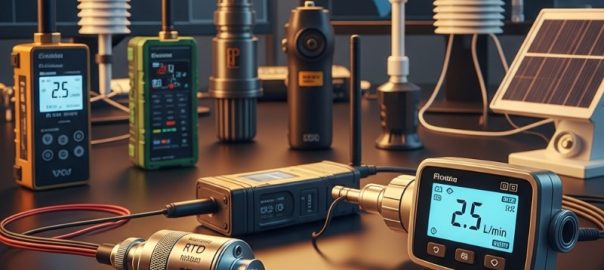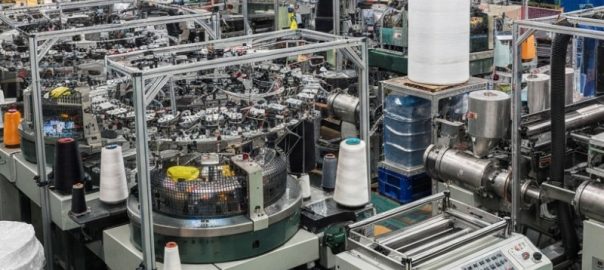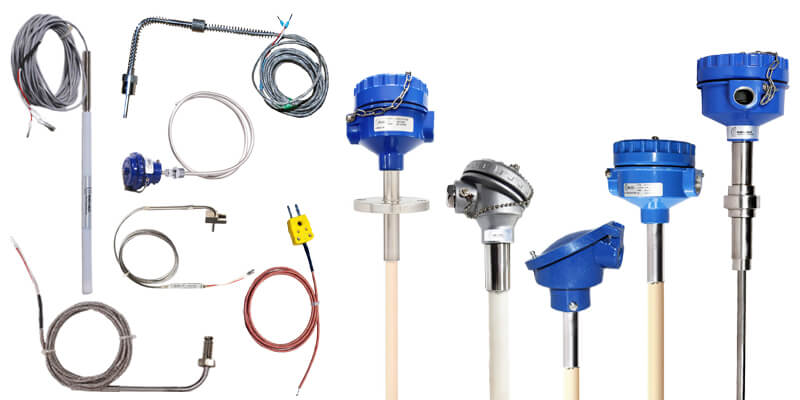
Temperature sensors used for industrial purposes are generally classified into three groups; thermocouples, resistance thermometer sensors (RTS), and radiation thermometers. We will discuss in detail thermocouples and resistance thermometer sensors which are our major products. Thermocouple and resistance thermometer outputs can be transmitted as electrical signals, unlike mercury thermometers or bi-metal type thermometers. Thermocouples can be used to measure temperatures over a wide range. Resistance thermometers can measure temperatures with high accuracy. Since the radiation thermometer is a non-contact measurement type, it is used for temperature control in applications where temperatures cannot be measured by contact: for example, surface temperature control of the steel plates in a continuous steel manufacturing line and temperature control of film-shaped products. The electrical signals from temperature sensors are used to control many different operations in a variety of industries. The steel, petrochemical, and energy-related industries are the largest users of temperature sensors. Many of these sensors are supplied with a temperature transmitter installed which converts the electrical output of a thermocouple or resistance thermometer sensor into a 4-20mA DC signal.
Measurement Principle of Thermocouple.
A current will flow if two dissimilar metals are joined at each end with T1 and T2 being two different temperatures. In actual use: A would be the measuring junction and connection B would go to a voltage measuring instrument. The output is a very small voltage, known as an electromotive force.
Chromel-Alumel is the most well-known combination of two kinds of alloy wires. It used to be called a CA thermocouple. It is now known as type “K”. The contact on the temperature measuring side is called a measuring junction or a hot junction, and the other side a reference junction. Generally, it measures the electromotive force caused by the temperature difference from the measuring side, while keeping the reference junction at 0°C. The table which represents the relationship between the temperature and electromotive force is called a standard electromotive force (EMF) table. This table is referenced by many internationally recognized standards such as JIS, IEC, ISA, etc. In the past, there were some differences in the standard EMF’s recognized by the different countries. However, most countries are now using the same tables.


